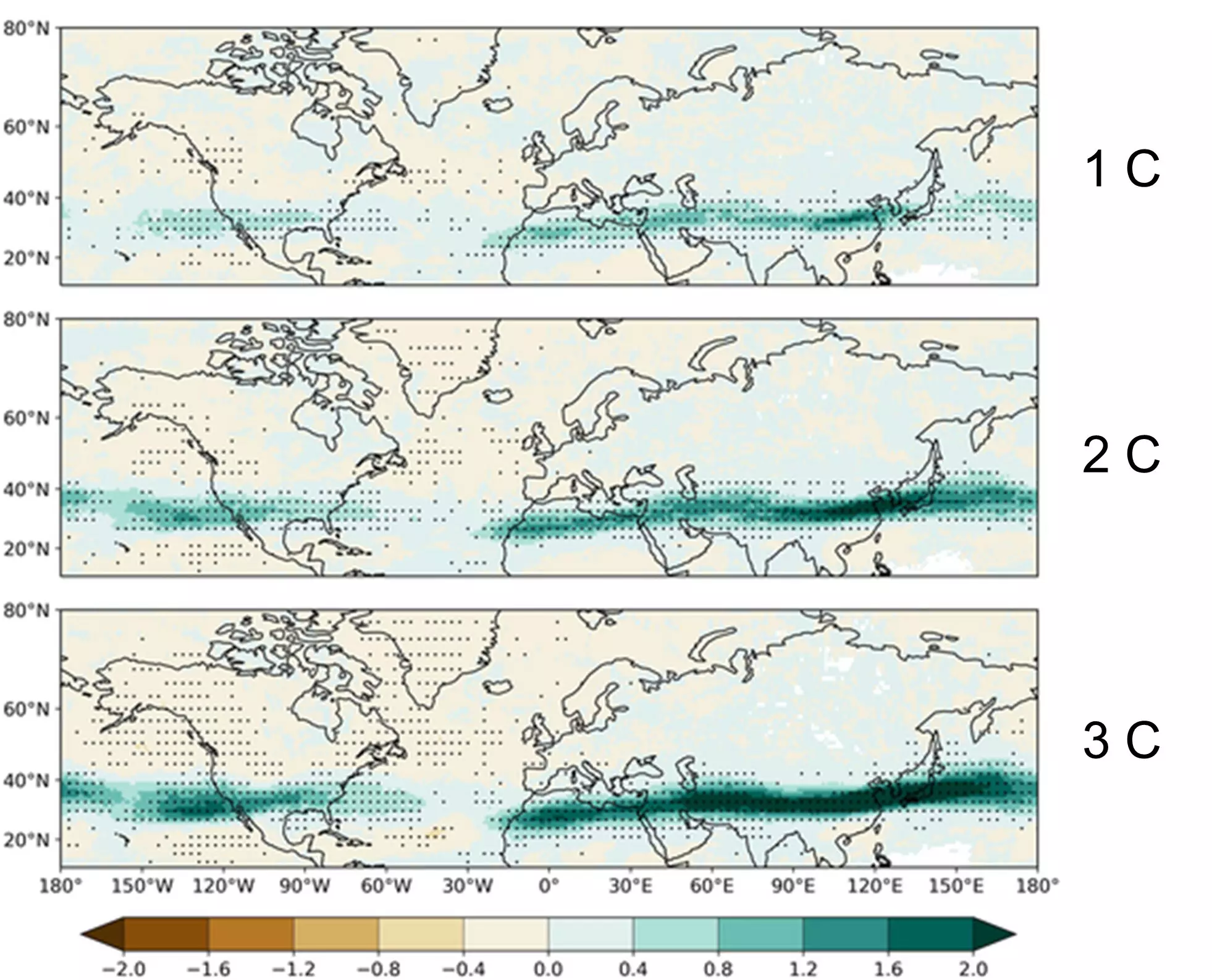In recent years, our understanding of aviation safety has evolved, particularly regarding the invisible threats posed by clear air turbulence (CAT). A groundbreaking study reveals a troubling trend: as global temperatures rise, incidents of CAT are expected to increase significantly in the Northern Hemisphere. This change is not merely an inconvenience for travelers; it threatens the safety of air travel and demands immediate attention from the aviation industry. The implications of this study, published in the Journal of Geophysical Research: Atmospheres, emphasize a critical interplay between climate change and aviation safety that could affect millions.
Clear air turbulence is unique compared to conventional turbulence, characterized by its sudden onset and unpredictability. While turbulence from thunderstorms or mountains can often be anticipated and navigated around, CAT strikes without warning, creating a hazardous environment for aircraft. The fact that 70% of all weather-related aviation accidents in the United States stem from this form of turbulence serves as a stark reminder of its potential dangers.
Rising Frequency Due to Climate Change
The study, led by atmospheric scientist Mohamed Foudad, indicates that CAT events increased between 1980 and 2021, correlating directly with rising global temperatures. By simulating various climate scenarios, the researchers predict that as temperatures rise—by as much as 4 degrees Celsius—the frequency of CAT will rise dramatically across regions influenced by the jet stream, particularly over North Africa, East Asia, and the Middle East. This data presents an alarming forecast that calls for urgent action from both scientists and aviation engineers.
Current data suggests that flights operating within the jet streams experience CAT about 1% of the time in the Northern Hemisphere, but this is set to escalate. For example, regions like East Asia are currently seeing CAT incidences around 7.5% of the time, a percentage which is poised to climb significantly as climate models indicate more erratic and intense jet streams. The implications of this research extend beyond mere passenger comfort; they raise critical questions about the safety of aircraft in increasingly turbulent skies.
The Science Behind Clear Air Turbulence
Clear air turbulence primarily occurs near the fast-moving jet streams located in the upper troposphere, typically at altitudes of around 10 to 12 kilometers (approximately 32,000 to 39,000 feet). This atmospheric layer, where commercial planes navigate, is where the energy dynamics of climate change become crucial. Warming temperatures are hypothesized to increase the velocity of jet streams and heighten the occurrence of vertical wind shear—the abrupt changes in wind speed and direction responsible for CAT.
This rising energy in the atmosphere contributes not just to increased turbulence but to the unpredictability that complicates flight safety. Unlike more easily predicted turbulence associated with storms or terrain, CAT requires innovative predictive models, which are currently hindered by the variable nature of atmospheric conditions. This unpredictability makes any enhancement in aircraft design to accommodate increased turbulence essential for future aviation safety.
Challenges Ahead for the Aviation Industry
The results of the study illuminate a critical challenge facing the aviation industry: how to adapt to the realities of climate change. With tangible data indicating that clear air turbulence will become more prevalent, engineers and researchers are compelled to rethink aircraft design. The need for structures capable of withstanding unexpected turbulence becomes paramount. Manufacturers must begin integrating advanced materials and technology that can better handle higher loads induced by turbulence.
Moreover, the rising incidences of CAT indicate a pressing need for improved forecasting systems. As clear air turbulence presents an increasingly dangerous risk, airlines must invest in new technologies that allow for better detection and prediction capabilities. Simultaneously, pilots need training tailored for the evolving nature of turbulence, which will likely include updated protocols for responding to unanticipated CAT events.
Looking Toward the Future
While it can be easy to perceive these findings with a sense of dread, it is also an opportunity for innovation. The aviation sector has historically shown resilience in the face of challenges, adapting through technological advancements in engineering and safety protocols. As our understanding deepens regarding the impacts of climate change, the industry must continue to evolve, prioritizing safety without compromising efficiency.
Clear air turbulence is emerging as one of the more significant aviation safety issues as climate change accelerates. The research presented provides a call to action for policymakers, researchers, and airlines alike. Our air travel systems must transform in response to this invisible peril—preparing now for the realities of the future is essential for ensuring passenger safety and confidence in air travel.
Let us be aware: the skies are changing, and so must we.


Leave a Reply